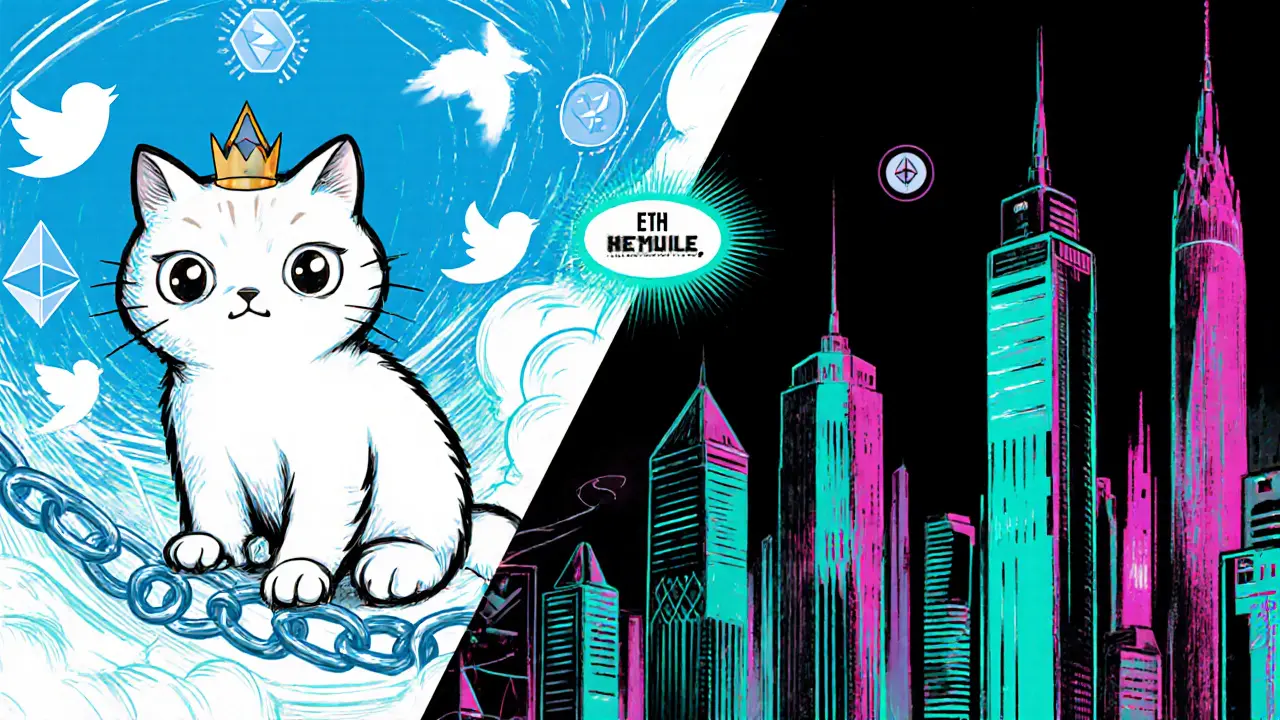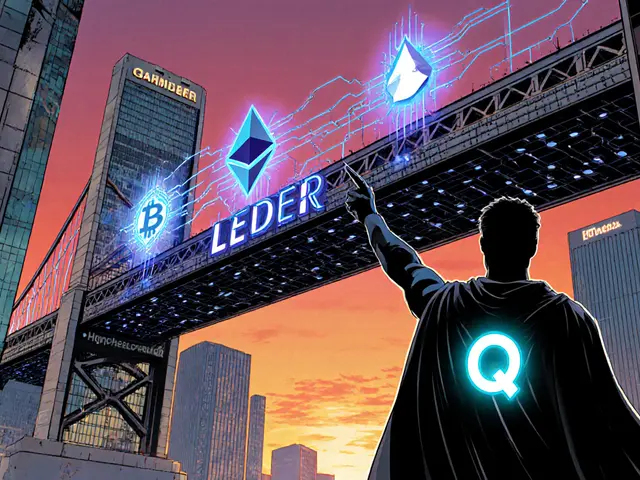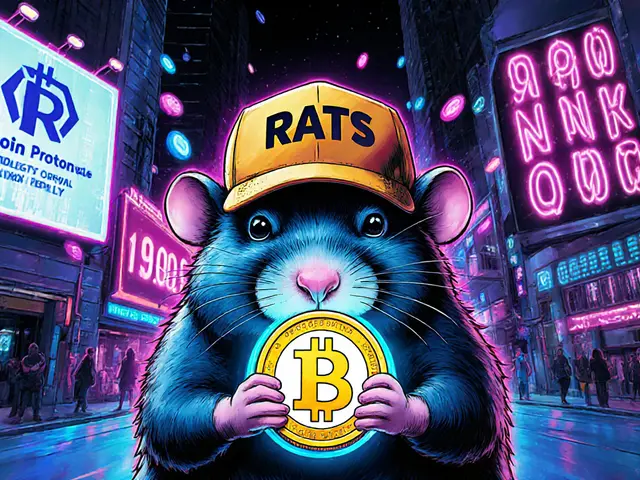Meme Coin Overview: What Drives These Wild Tokens
When talking about Meme Coin, a cryptocurrency that gains value mainly from internet memes, social buzz, and community frenzy rather than traditional utility, you’re looking at a market segment that flips the usual tech‑first narrative on its head. These tokens are born from jokes, viral posts, or celebrity shout‑outs, then explode into real‑world trading volume. They require a pulse on social trends, a bit of luck, and a willingness to ride huge price swings.
Key Players Shaping the Meme Landscape
Not all meme coins are created equal. Dogecoin, the original meme‑driven cryptocurrency that started as a parody of Bitcoin set the template with its friendly Shiba mascot and community‑funded sponsorships. Shiba Inu, often called the "Dogecoin killer" because it mimics Dogecoin’s branding while adding a token‑burn mechanism shows how copycats can capture market share quickly. Venus Dogecoin (vDOGE), a BNB Smart Chain token that lets users stake and earn yields on a meme basis illustrates the blend of DeFi features with meme appeal. Finally, Bongo Cat (BONGO), a meme coin tied to a popular gaming character and AI‑driven art proves that even niche internet characters can launch full‑blown crypto projects.
These examples form a clear pattern: meme coins encompass community hype, require social media momentum, and influence exchange listings and airdrop campaigns. When a token like DOGGY or vDOGE gets an airdrop, the buzz translates into immediate trading volume on platforms such as P2B, CoinW, or RadioShack Exchange. That’s why many of our recent guides focus on airdrop mechanics, exchange fee structures, and security checks—all of which matter more when a meme coin can swing 100% in minutes.
Beyond the hype, there are tangible attributes to watch. Tokenomics often include high total supplies, low per‑coin prices, and token‑burn or staking incentives that keep holders engaged. Liquidity tends to be concentrated on a few high‑traffic exchanges, so checking fee schedules and withdrawal limits becomes essential before you commit. Regulatory pressure is also rising; some jurisdictions classify meme coins as securities if they promise returns, which adds another layer of risk.
All this means the articles below give you practical tools: step‑by‑step airdrop claims, exchange comparison tables, tax‑avoidance vs. evasion guides, and deep dives into specific tokens like vDOGE and BONGO. Whether you’re hunting the next viral surge or just want to understand why meme coins dominate headlines, the collection ahead equips you with the right lenses to evaluate hype, spot real value, and stay safe while you trade.

Hemule (HEMULE) is a cat-themed meme crypto token linked to Vitalik Buterin's pet. Learn its tokenomics, market data, community hype, price forecasts, and key risks in this detailed guide.
Continue Reading

Learn what Skulls of Pepe Token (SKOP) is, see its chaotic price data, technical analysis, forecasts, risks, and how to trade this meme‑coin.
Continue Reading






